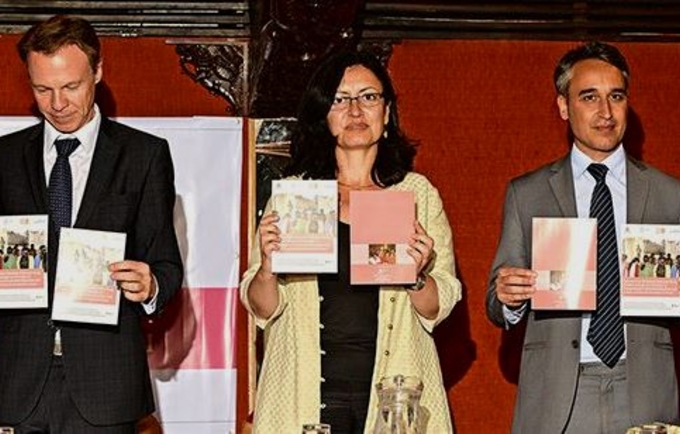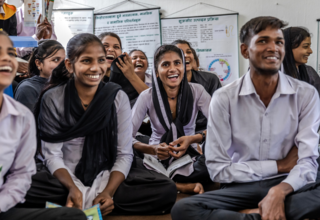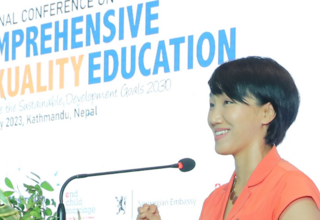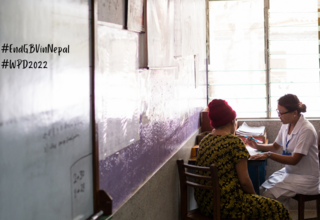UNESCO, UNFPA, and UN Women have launched a joint project in Nepal for the empowerment of adolescent girls and young women through education.
Gender disparities still persist in literacy and that adolescent girls face multiple obstacles in attaining education in Nepal. Despite the country’s strides in the areas of education and literacy, with near universal enrolment in primary education, gender disparities persist and are more pronounced among poorer, more vulnerable sections of the population.
The joint project “Empowering Adolescent Girls and Young Women through Education” was launched amid an event hosted by the Ministry of Education in Kathmandu on 18 April 2016. The launch programme was graced by UNESCO Director General Irina Bokova and Nepal’s Minister for Education Giriraj Mani Pokharel.
The joint project conceived under the framework of the Global Partnership for Girls’ and Women’s Education, launched by UNESCO in 2011, envisions an integrated approach to educating girls and women to break the cycle of poverty and foster greater social justice, economic development and sustainable peace. The initiative brought together the three UN agencies – UNESCO, UNFPA and UN Women - to promote education, gender equality and good health, resulting in the empowerment of adolescent girls and young women.
With the generous support of Korea International Cooperation Agency (KOICA), the programme is expected to promote access to and quality of education for adolescent girls and young women, through the provision of comprehensive sexuality education and a safe learning environment in Nepal. The programme will target the districts of Nepal where girls and women are socio-economically marginalized and do not have easy access to safe water, sanitation and other basic needs.
At the event, Minister Pokharel highlighted that the joint project is a hand-in-hand support to the Government of Nepal in its mission towards increasing access, participation, retention, completion and acceptable learning standards for all marginalized adolescent girls and young women in the areas of education, health and life skills through both formal and non-formal means. He expressed that although barriers to education still exists, Nepal has made great strides in education, and that the net enrollment rate has increased at all levels and gender parity fully achieved.
Addressing the programme, Bokova said, “This partnership brings together our respective strengths to break the cycle of exclusion and vulnerability, to ensure that girls benefit from a full cycle of quality education, in line with the promise of Sustainable Development Goal 4.” She was on her official visit to Nepal to monitor the post-earthquake recovery process of Nepal.
Similarly, UNFPA Representative to Nepal Giulia Vallese stressed that ensuring girls’ health and education, especially their sexual and reproductive health and rights, is a crucial dimension of the 2030 Agenda. “Providing adolescent girls and young women access to sexual and reproductive health information, and services, advances gender equality and the achievement of internationally agreed goals.”
UN Women Representative to Nepal Ziad Sheikh affirmed, “The joint project echoes these commitments by empowering adolescent girls and young women through education: empowered to make informed decisions about their lives and empowered to travel a path of greater opportunities.” While primary school enrollment rates for girls are encouraging in Nepal, there also need to be opportunities and options for them to go higher, he said.
Together with Nepal, the joint project will be rolled out in 20 countries where the education gender gap is most critical with a specific focus on adolescent girls and young women between the ages of 10 and 24.




